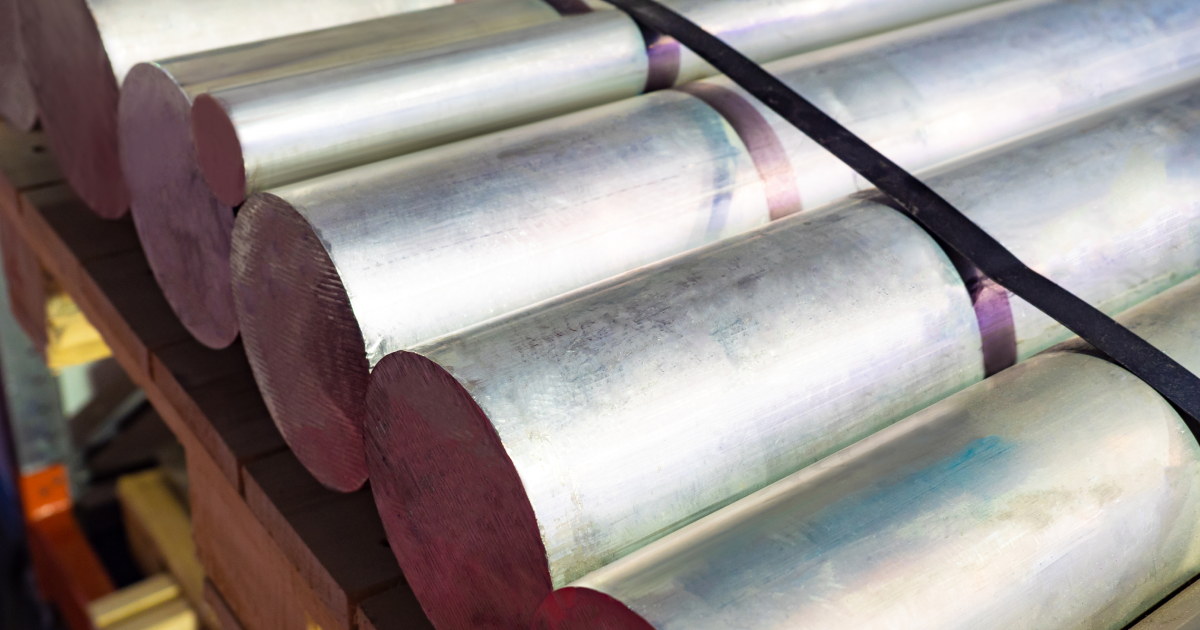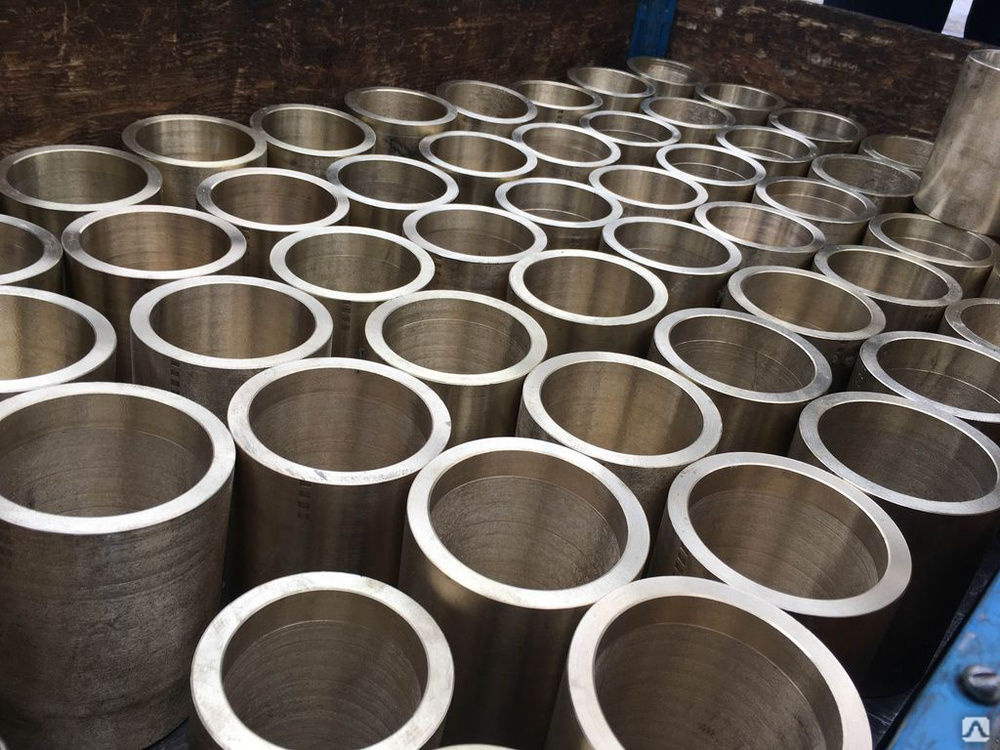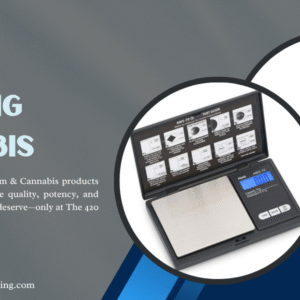
In an era defined by performance and precision, materials must do more than simply exist—they must adapt, respond, and outperform. This demand has led industries to embrace non-ferrous metals for their unique properties, and at the heart of that evolution stands aluminum. Known for its lightweight nature and corrosion resistance, aluminum has quietly revolutionized the frameworks of infrastructure, aerospace, transportation, and electronics. But what truly elevates it above its counterparts? The answer lies not just in the periodic table, but in how aluminum interacts with design, need, and vision.
Aluminum is not the only contender in the world of non-ferrous metals. Copper, brass, zinc, titanium, and nickel-based alloys all have their own strengths. Yet, time and time again, aluminum gets chosen—not because it’s always the best in every category, but because it strikes a balance that few others can match. It’s not the heavyweight champion, nor the flashiest competitor. But in industries that demand consistency, adaptability, and cost-effectiveness, aluminum steps into the spotlight and delivers.
Weight as a Quiet Catalyst
Weight, or the absence of it, often determines success in fields where mobility and speed are paramount. In automotive and aerospace sectors, grams add up to kilograms, and kilograms translate into fuel consumption, performance, and environmental impact. Aluminum, with its natural lightness, becomes the silent catalyst for innovation in these areas. Its inclusion doesn’t always make headlines, but it shifts the narrative of what’s possible.
Even in structures not designed to move—like building facades or bridges—lighter materials ease transportation and installation, reduce load-bearing demands, and extend the life of the underlying framework. The ability to scale up without dragging down is a trait aluminum brings effortlessly to the table, helping engineers and designers reimagine boundaries.
When Strength Learns to Be Flexible
There’s a quiet elegance in strength that doesn’t rely on bulk. Aluminum may not compete with steel in brute force, but when alloyed and treated correctly, it offers a resilience that belies its weight. It bends, it yields, it absorbs, but it doesn’t break easily. That malleability, paired with decent tensile strength, gives aluminum the ability to serve in applications that need a gentle mix of firmness and forgiveness.
This duality becomes especially important in dynamic environments—like high-traffic public transport, machinery with moving parts, or electronic casings subject to constant handling. Aluminum’s ability to deform without compromising integrity makes it an ideal choice when the demand is both form and function. It doesn’t insist on being the toughest, but it stays dependable in contexts where adaptability wins over rigidity.
Resisting the Slow Creep of Time
Corrosion is a silent saboteur. It eats away at metals, often unnoticed until structural failure becomes imminent. While copper tarnishes and steel rusts, aluminum quietly forms a protective oxide layer that shields it from many corrosive environments. This self-healing characteristic doesn’t make aluminum invincible—but it certainly gives it an edge, particularly in settings where exposure to moisture, salt, or chemicals is routine.
Consider how this changes the maintenance equation. In industries where downtime equals loss—such as manufacturing plants or marine infrastructure—selecting a metal that defends itself naturally against decay is not just smart, it’s strategic. Aluminum doesn’t eliminate the need for care, but it reduces the frequency and severity of interventions, allowing systems to run longer and harder without compromise.

Aesthetics That Emerge from Precision
Form is not separate from function in modern industry. Materials must not only perform well but also look and feel appropriate for their end use. This is where custom aluminum extrusions come into play. Aluminum’s exceptional workability allows it to be formed into virtually any shape, opening doors for design that other metals simply can’t unlock. From architectural trims to finely tuned heat sinks in electronic devices, aluminum supports creativity without sacrificing utility.
The precision enabled by these extrusions isn’t merely cosmetic. In many applications, it ensures seamless integration with other components, reduces assembly time, and maintains structural integrity. It allows for cleaner finishes, tighter tolerances, and innovations that depend on exact fit rather than retrofitted solutions. The freedom to shape metal without compromising its mechanical properties is a defining advantage aluminum brings into any engineering conversation.
Thermal Conversations That Stay Cool
Aluminum’s thermal conductivity often goes uncelebrated, yet it plays a crucial role in how we power and protect modern devices. It transfers heat efficiently, making it a preferred choice in everything from LED housings to electric vehicle battery packs. In high-performance environments, where overheating can lead to failure or fire, aluminum’s ability to dissipate heat becomes more than a bonus—it becomes a lifeline.
Unlike metals that hold heat or resist transfer, aluminum facilitates temperature regulation across surfaces and systems. This passive management of thermal load reduces the burden on active cooling systems and contributes to overall energy efficiency. It’s an invisible but impactful way that aluminum shapes performance across multiple sectors—keeping things running, cool, and safe without drawing attention to itself.
The Green Equation That Actually Adds Up
Sustainability is not just a buzzword; it’s an operational priority across the globe. Aluminum’s contribution to eco-conscious engineering is substantial, and yet often underappreciated. It is infinitely recyclable without degradation, meaning that once aluminum enters the industrial ecosystem, it rarely leaves. Remelting aluminum requires only a fraction of the energy needed to produce it from ore, making recycling both practical and cost-effective.
In industries under pressure to reduce carbon footprints, aluminum stands out. The ability to reuse without sacrificing performance aligns with circular economy goals and long-term sustainability initiatives. Whether it’s in construction, packaging, or automotive design, aluminum provides a responsible path forward—where performance and planet-consciousness are not mutually exclusive.
Conclusion: Choosing More Than a Metal
Aluminum isn’t always the obvious choice. It doesn’t shout its superiority in every category, nor does it dominate the conversation like some of its flashier counterparts. But when context matters—when weight, form, corrosion, conductivity, and sustainability intersect—it rises quietly to the top. The decision to choose aluminum over other non-ferrous metals isn’t just a technical choice; it’s a narrative choice. It reflects an understanding that the future of materials isn’t about having one superpower but many subtle strengths working in harmony.
In choosing aluminum, industries aren’t settling—they’re strategizing. They’re leaning into a material that supports ambition without unnecessary complication. A metal that listens before it speaks, adapts before it resists, and lasts long after its rivals have begun to fade. As industries continue to evolve, seeking smarter, cleaner, more dynamic ways to build, move, and connect, aluminum will be there—unassuming, ready, and already proven.






